Although blueberries are a delicious and rewarding fruit to grow, they can be tricky for gardeners. Unlike other common fruits such as raspberries, strawberries, or grapes, blueberries require specific soil conditions and growing care.
With proper preparation, including the right soil, careful variety selection, and attention to pollination, you can enjoy a healthy harvest of homegrown blueberries, even if your garden soil is not naturally ideal.
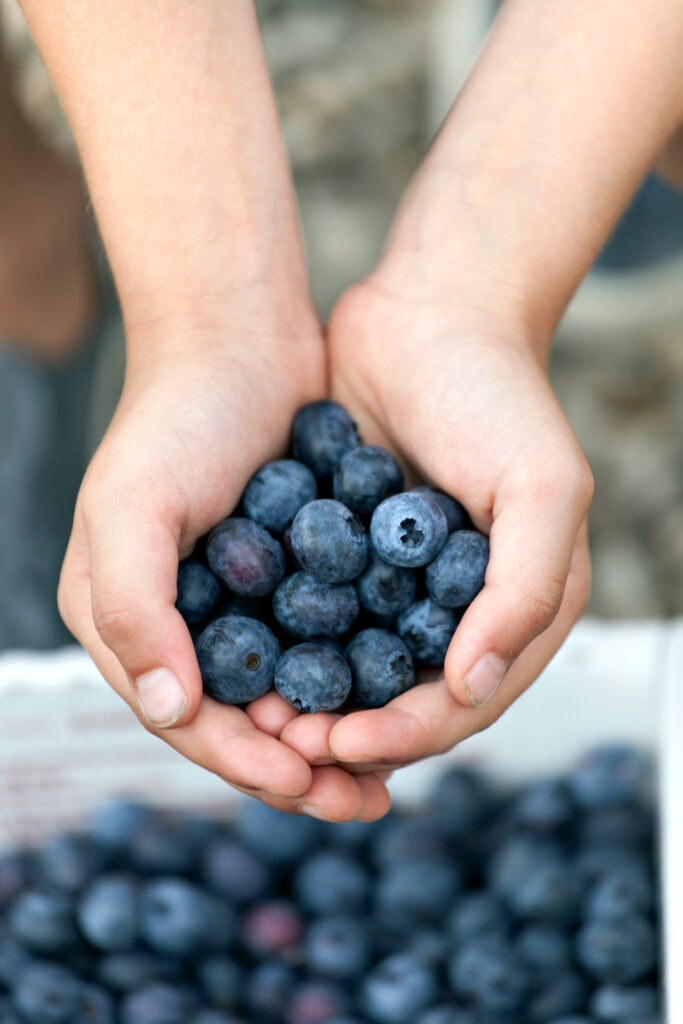
I had a baby a couple of months ago, so I planted a blueberry bush in my garden knowing that by the time it bears fruit next year he’ll likely be a berry-loving toddler, Growing up, I had pretty big raspberry patch in my backyard, and picking the berries was one of my favorite childhood memories! I want him to enjoy that same joy and be part of the garden too.
In this guide, I’ll share some tips and tricks to help you successfully grow blueberries in your garden.
Let’s get started!

Raised Beds: The Key to Blueberry Success
Blueberries are native to North America and are most at home in regions with acidic, sandy, and well-draining soils, such as the eastern United States and the Pacific Northwest. Many garden soils, however, are too alkaline or heavy for blueberries, which is why they often need some help to succeed outside their native range.
If your soil is not naturally acidic, blueberries will struggle. Raised beds or large containers are often the best way to grow them because you can build the perfect soil mix instead of fighting against native soil conditions.
Blueberries thrive in soil with a pH of 4.5 to 5.5. For reference, typical garden soil usually has a pH between 6.0 and 7.5, which is neutral to slightly alkaline and too high for most blueberries. A mix of peat moss, pine bark, and acidic compost works well to recreate their natural environment.
Signs the Soil Isn’t Acidic Enough
Even with careful preparation, soil can drift toward neutral or alkaline over time. You should watch for these warning signs that your blueberries need more acidity:
- Yellowing leaves with green veins, which is a sign of iron chlorosis
- Stunted growth despite proper watering and feeding
- Poor fruit set or small, bland berries
- Premature leaf drop or dieback
Regular soil testing and amending with elemental sulfur or acid-loving plant fertilizers can help keep your blueberries healthy.
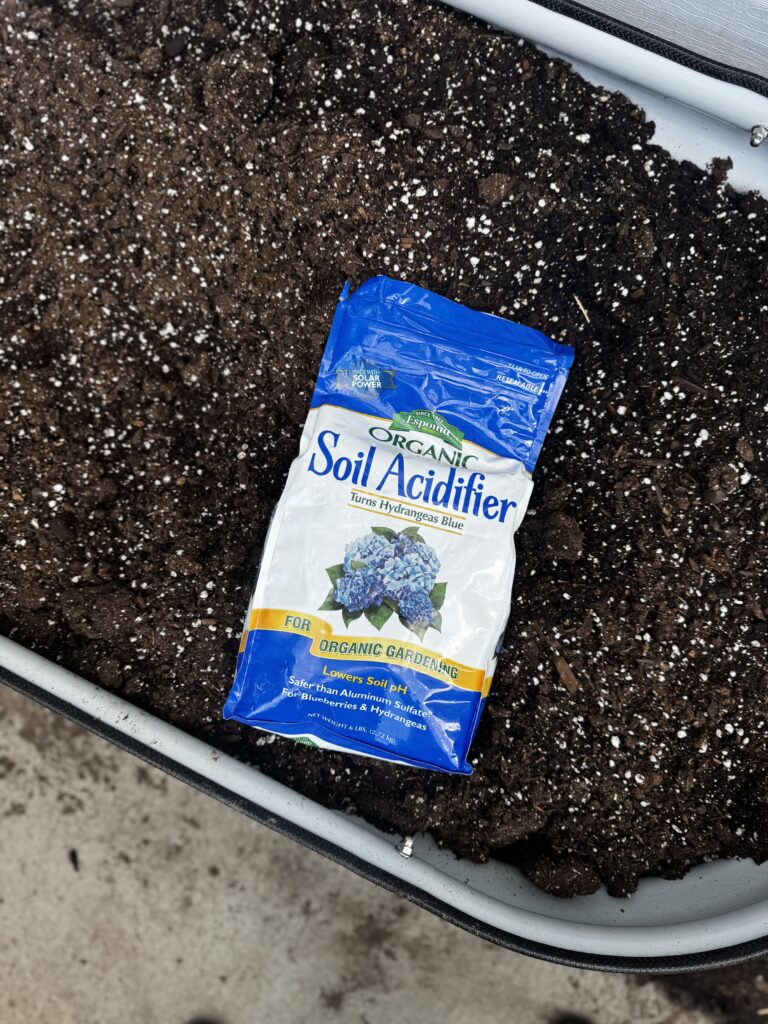
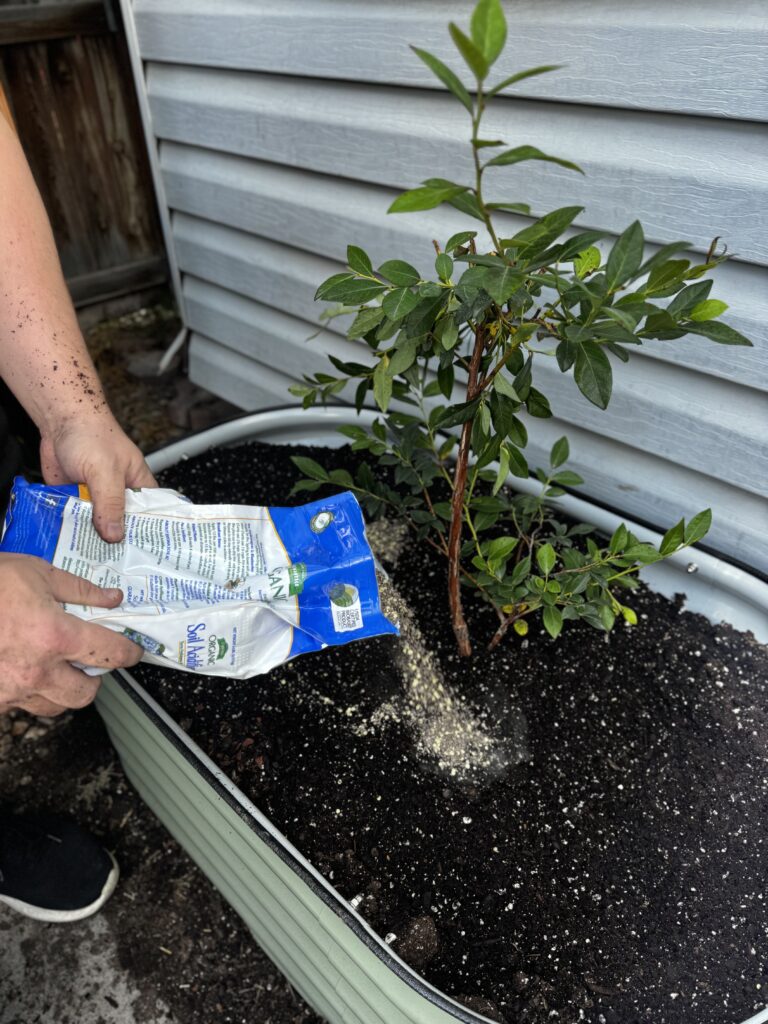
Blueberry Varieties to Grow
Blueberry varieties vary in size, flavor, and even color.
- Classic Blue Varieties: The traditional deep-blue berries. Popular choices include Bluecrop, Duke, and Patriot
- Pink Blueberries: Such as Pink Lemonade or Sunshine Blue, ripen to a rosy pink and have a tangy, candy-like flavor
- Wild or Lowbush Types: Grow close to the ground and produce small, intensely flavored berries often used in jams and baked goods
Do You Need More Than One Variety?
Blueberries are self-pollinating, so a single bush will produce fruit. However, planting two different varieties that bloom at the same time usually results in:
- Bigger yields
- Larger berries
- Better flavor and ripening consistency
For example, pairing Bluecrop with Patriot or Pink Lemonade with Sunshine Blue encourages cross-pollination by bees and other pollinators.
Why You Should Mulch Blueberries
Mulching helps blueberries by keeping the soil moist, blocking weeds, regulating temperature, and supporting their love of acidic soil. Over time, mulch also adds organic matter that improves plant health and boosts fruit production.
When mulching, don’t pile it right up against the base of the stems where they come out of the ground. That area needs air circulation, and too much moisture sitting against it can cause rot. Always keep mulch pulled back an inch or two from the stems so the plant can stay healthy.
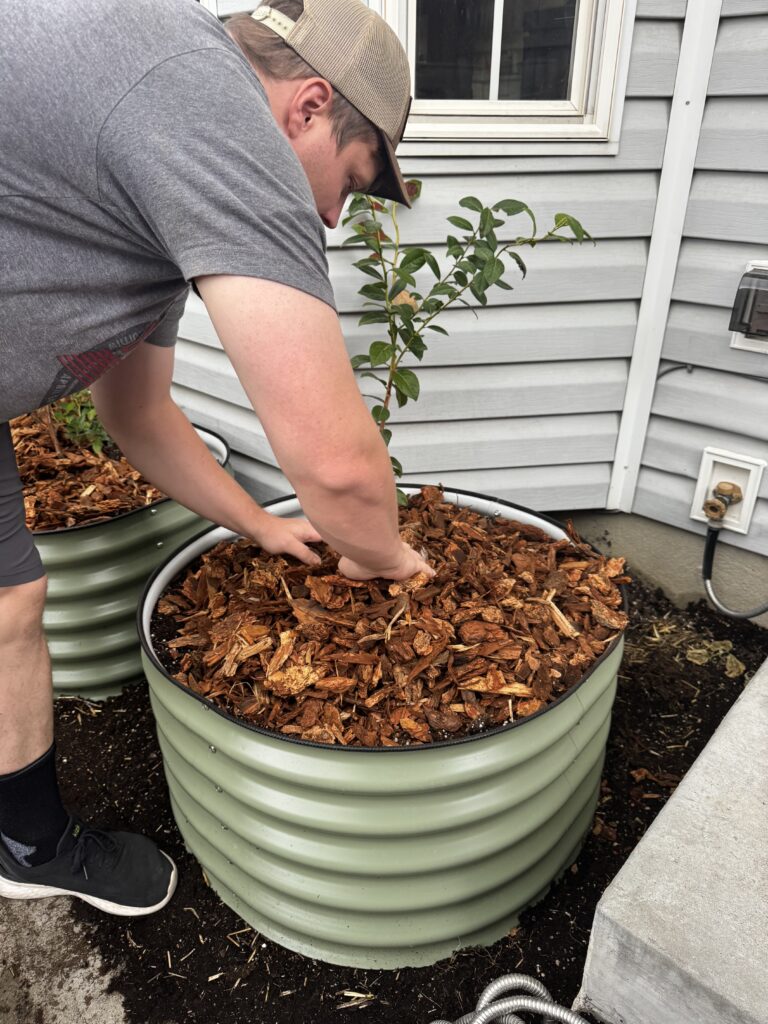
Types of Mulch I Recommend:
| Mulch Type | Pros | Cons | Best Practice |
|---|
| Pine Bark Mulch | – Long-lasting and good at blocking weeds – Holds soil moisture – Improves soil as it breaks down and makes soil slightly more acidic over time | – May use up a little nitrogen as it decomposes | Spread a 2 – 4 inch layer around the plant, but keep it 1 – 2 inches away from the stems. |
| Pine Needle Mulch (Pine Straw) | – Lightweight and easy to spread – Slightly acidifies the soil more quickly (great for blueberries) – Helps drainage and prevents compaction | – Breaks down faster, so needs more replenishing – Can blow away if too thin – Not as strong against weeds as bark | Apply a 3 – 4 inch layer, replenishing each year, and keep it pulled back from the base of the stems. |
Growing fruit – especially blueberries – is so rewarding, and if you have little ones like I do, then your bank account will thank you later. Invest now, enjoy the fruits of your labor later!
Thanks for reading along, guys!
If you enjoyed this blog post, be sure to check out my other gardening blog posts:
- How to Start a Garden on a Budget for Under $100
- Essential and Nice-to-Have Garden Products for Your Perfect Setup
- My Garden Setup: 3 Best Garden Containers for Every Gardener
- Understanding Garden Light and Shade: A Simple Guide
- How to Build a Homemade Trellis Using Cattle Panel
Be sure to follow me on social media for daily content and instructional videos about gardening!

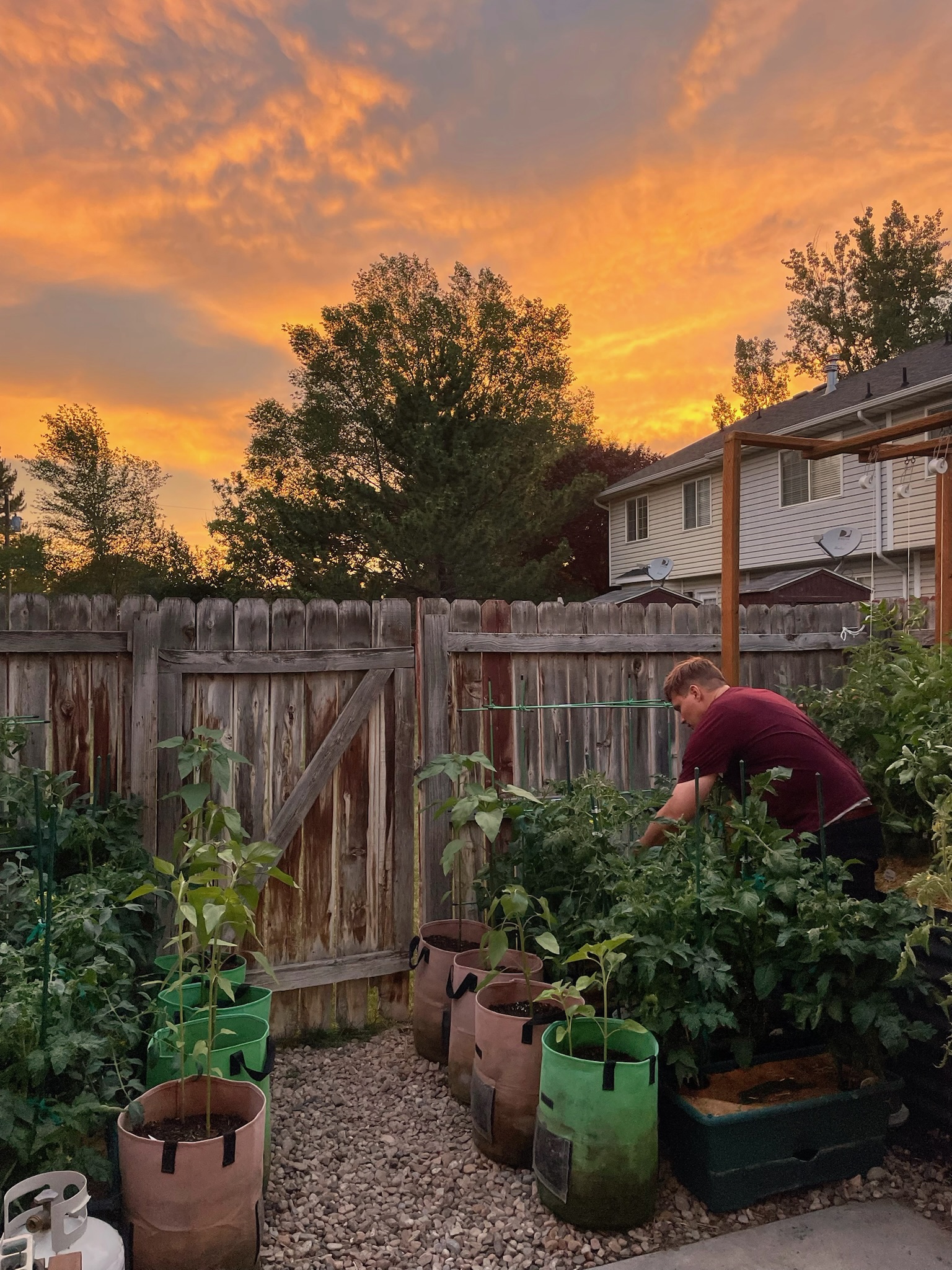



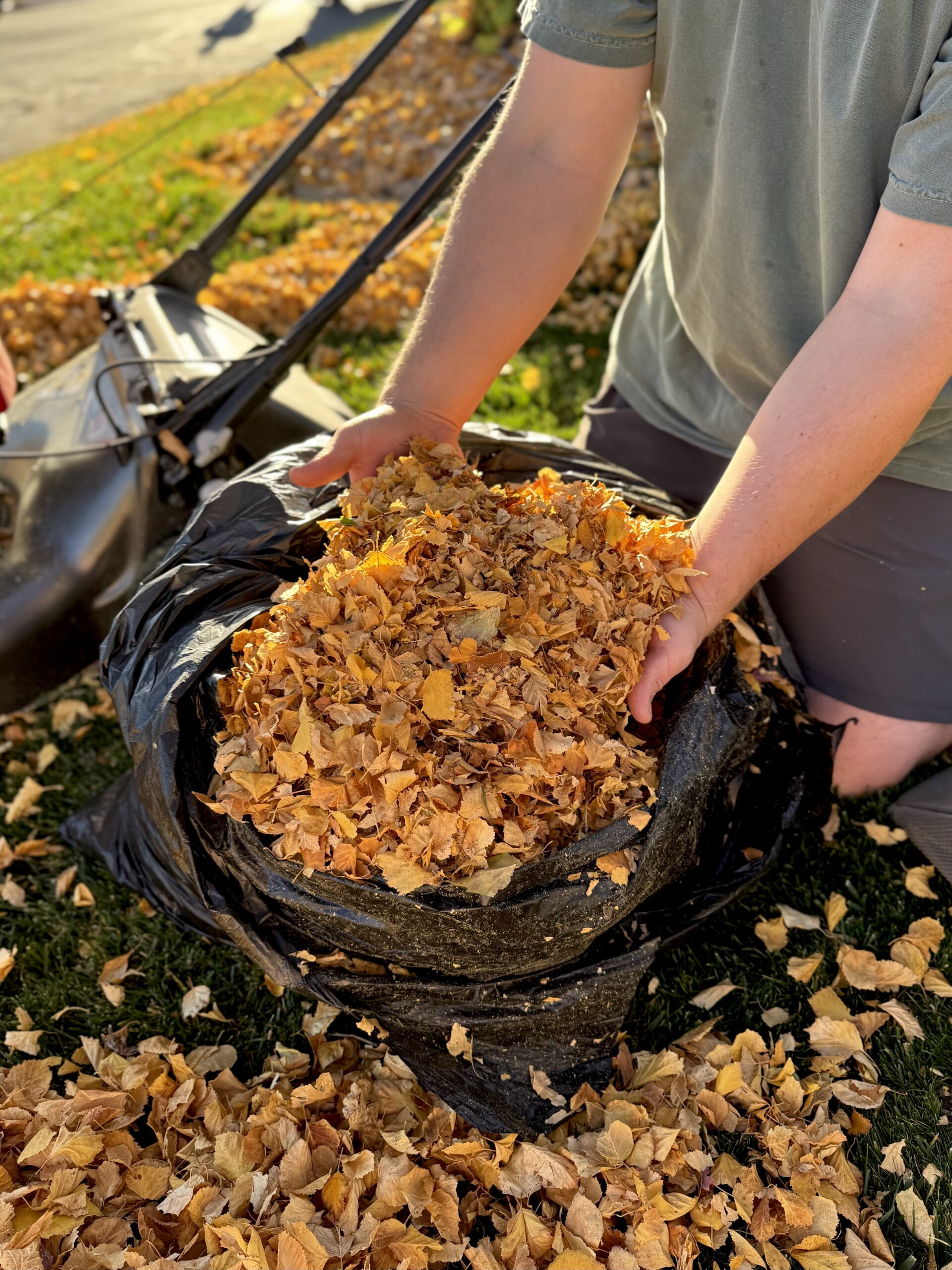
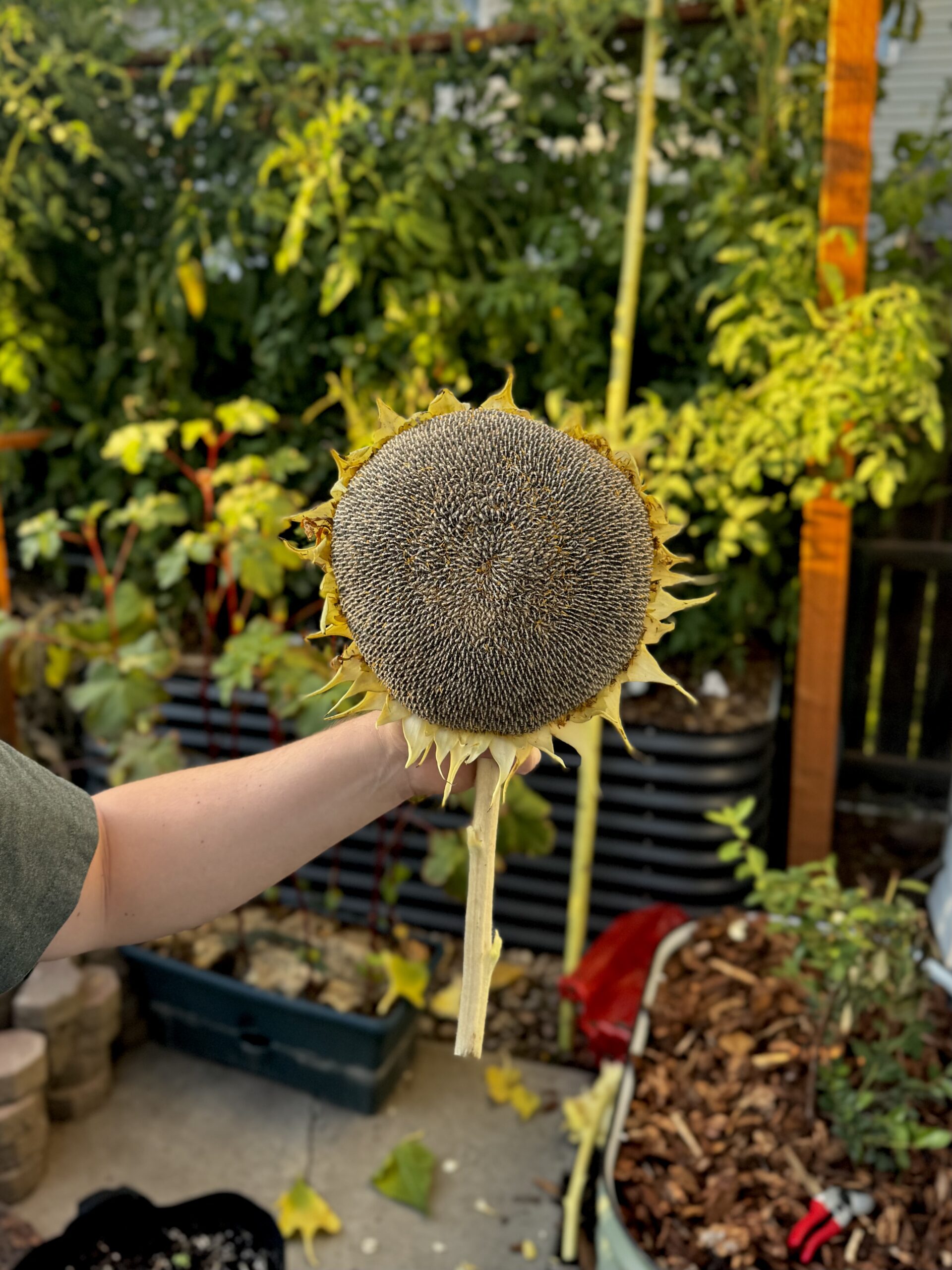
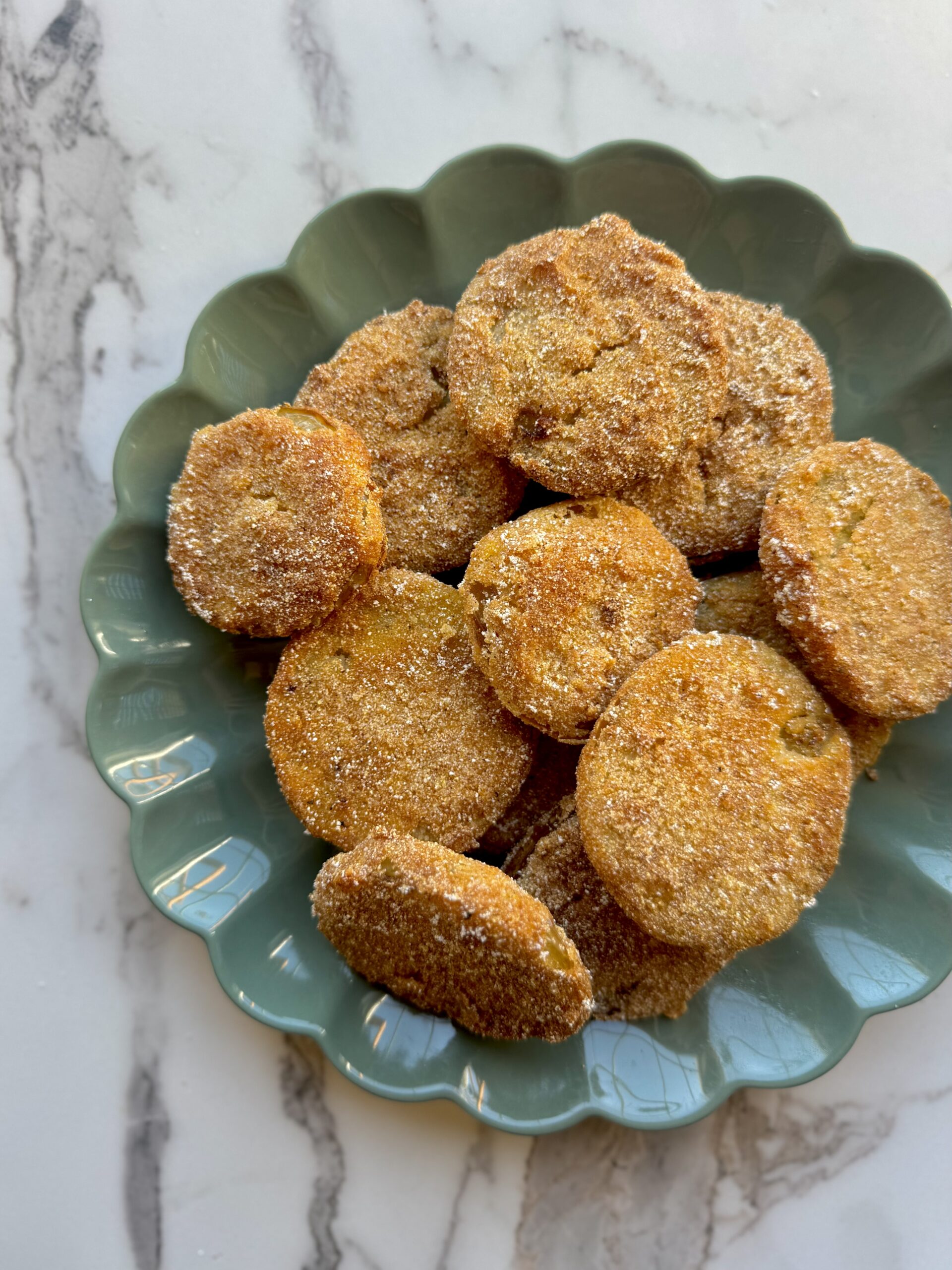
0 Comments